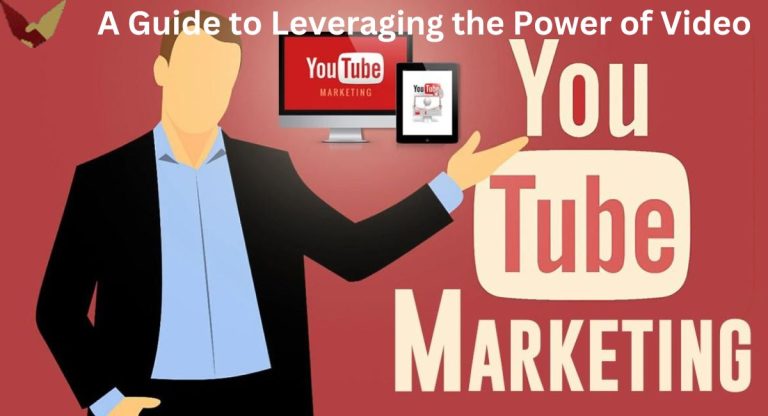
In today’s digital age, YouTube has emerged as one of the most powerful platforms for marketing. With over 2 billion logged-in monthly users, YouTube offers a massive audience for businesses to showcase their products, services, and brand personality. However, effective YouTube marketing goes beyond simply uploading videos. It requires strategic planning, engaging content creation, and consistent efforts to build and engage with your audience. Here’s a comprehensive guide to help you navigate the world of YouTube marketing effectively.
1. Understanding Your Audience:
- Conduct thorough research to understand your target audience’s demographics, interests, and preferences.
- Use YouTube Analytics to gain insights into viewer behavior, including watch time, demographics, and traffic sources.
2. Creating Compelling Content:
- Produce high-quality videos that resonate with your target audience.
- Focus on delivering value, whether it’s informative, entertaining, or inspiring content.
- Experiment with different formats such as tutorials, product reviews, behind-the-scenes glimpses, and storytelling videos.
3. Optimizing for Search:
- Optimize your video titles, descriptions, and tags with relevant keywords to improve visibility on YouTube’s search results.
- Create engaging thumbnails that entice viewers to click on your videos.
- Use end screens and cards to encourage viewers to watch more of your content or visit your website.
4. Consistency and Frequency:
- Maintain a consistent uploading schedule to keep your audience engaged and coming back for more.
- Balance frequency with quality; prioritize delivering valuable content over sheer volume.
5. Engaging with Your Audience:
- Respond promptly to comments and messages to foster a sense of community and build relationships with your audience.
- Encourage viewers to like, share, and subscribe to your channel to increase engagement and reach.
6. Collaborations and Influencer Marketing:
- Partner with influencers or other YouTubers in your niche to reach a wider audience and gain credibility.
- Collaborate on co-branded content or sponsored videos to leverage each other’s audiences effectively.
7. Analyzing and Iterating:
- Continuously monitor your performance metrics using YouTube Analytics.
- Identify trends, analyze what works and what doesn’t, and adjust your strategy accordingly to improve results over time.
Frequently Asked Questions (FAQs)
Q1: How can I grow my YouTube channel organically?
A1: Focus on creating valuable content tailored to your target audience, optimize your videos for search, engage with your audience through comments and community posts, collaborate with other creators, and promote your channel across other social media platforms and your website.
Q2: Is it necessary to invest in ads to succeed on YouTube?
A2: While ads can help boost visibility and reach, organic growth is also achievable through consistent content creation, optimization, and engagement. It ultimately depends on your goals, budget, and marketing strategy.
Q3: How important is video quality for YouTube marketing?
A3: High-quality video production can enhance viewer experience and reflect positively on your brand. However, content value and relevance are paramount. Focus on delivering valuable content, and as your channel grows, you can invest more in improving production quality.
Q4: What are some effective ways to monetize a YouTube channel?
A4: You can monetize your channel through ad revenue, channel memberships, merchandise shelf, sponsored content, affiliate marketing, and crowdfunding (such as Patreon). Choose methods that align with your audience and content niche.
Q5: How do I measure the success of my YouTube marketing efforts?
A5: Use YouTube Analytics to track metrics such as watch time, views, engagement (likes, comments, shares), subscriber growth, and traffic sources. Set specific goals and benchmarks to measure your progress and adjust your strategy accordingly.